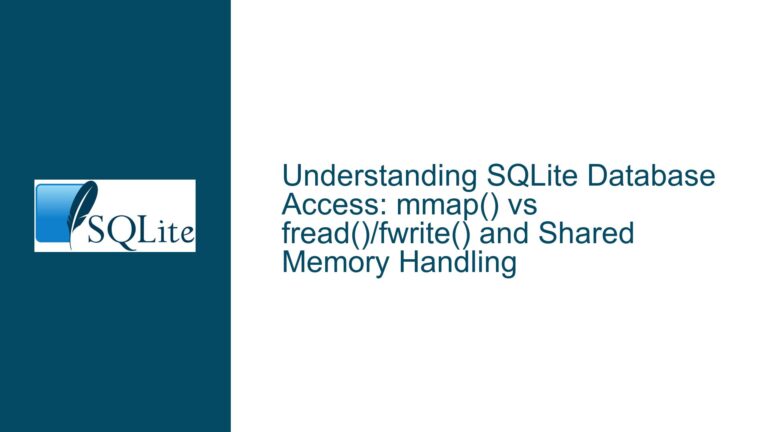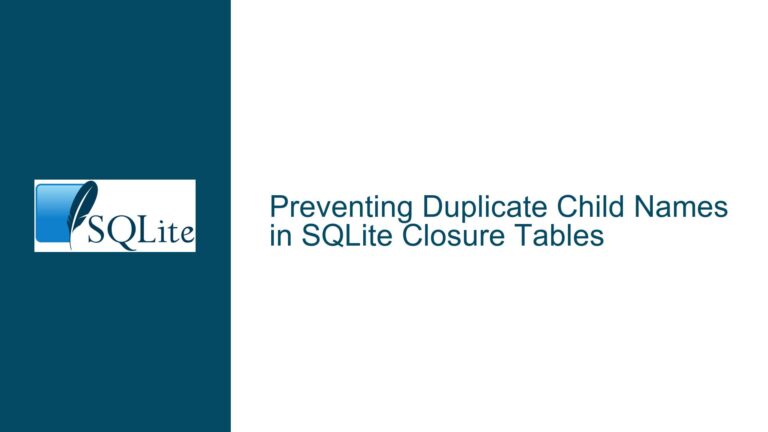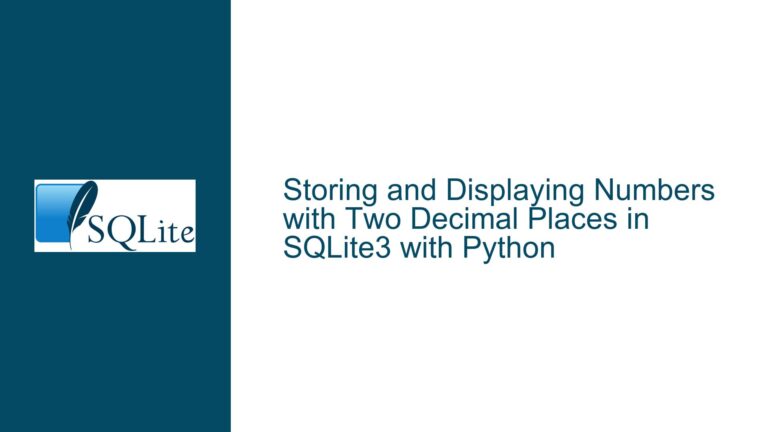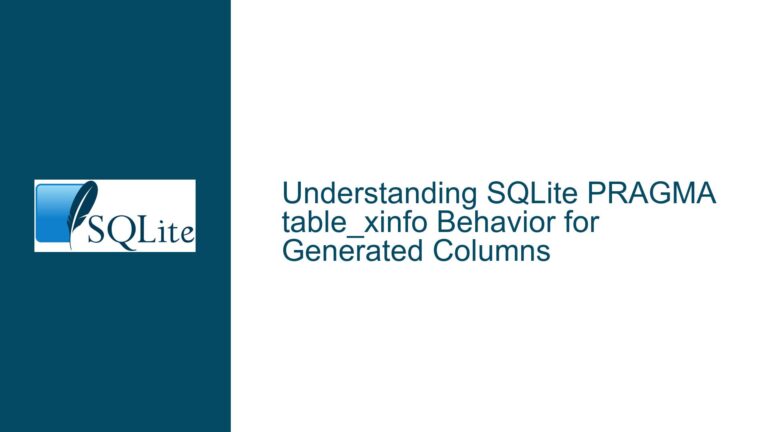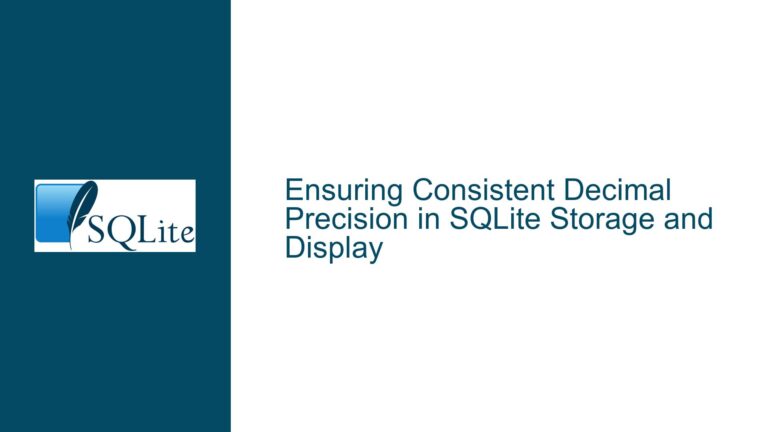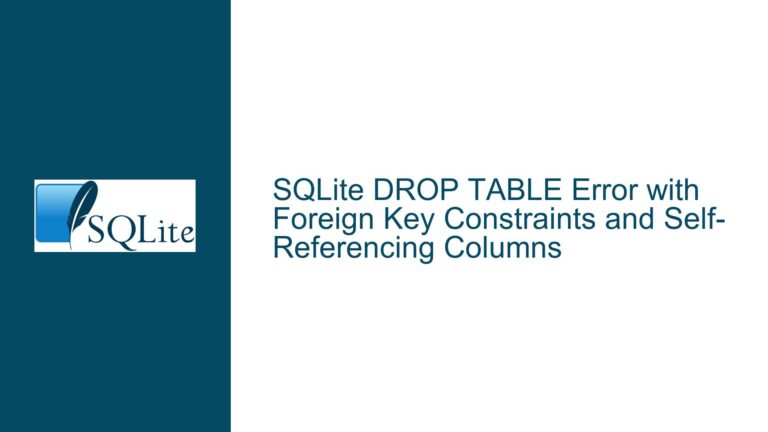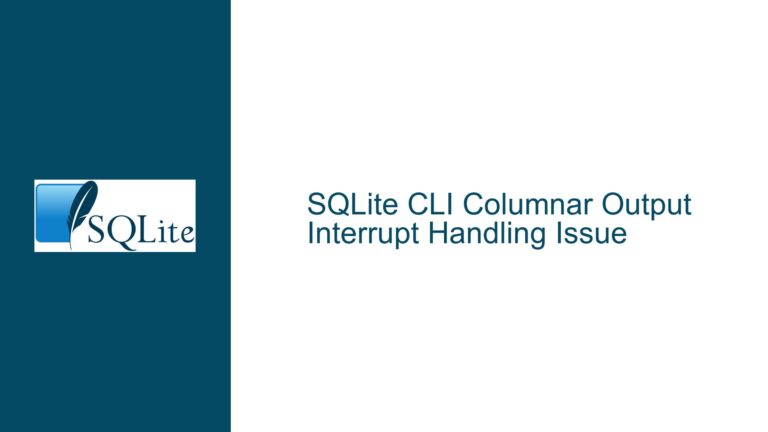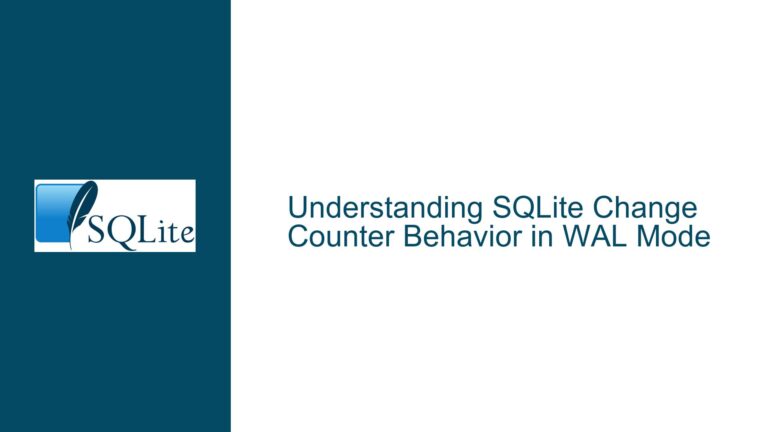SQLite Database Access: mmap() vs fread()/fwrite() and Shared Memory Handling
SQLite’s Use of mmap() and fread()/fwrite() for Database Access SQLite, a lightweight, serverless, and self-contained SQL database engine, employs different mechanisms for accessing database files depending on the configuration and operating system. Two primary methods are discussed: mmap() and fread()/fwrite(). Understanding how SQLite uses these methods is crucial for optimizing performance and ensuring data integrity….
